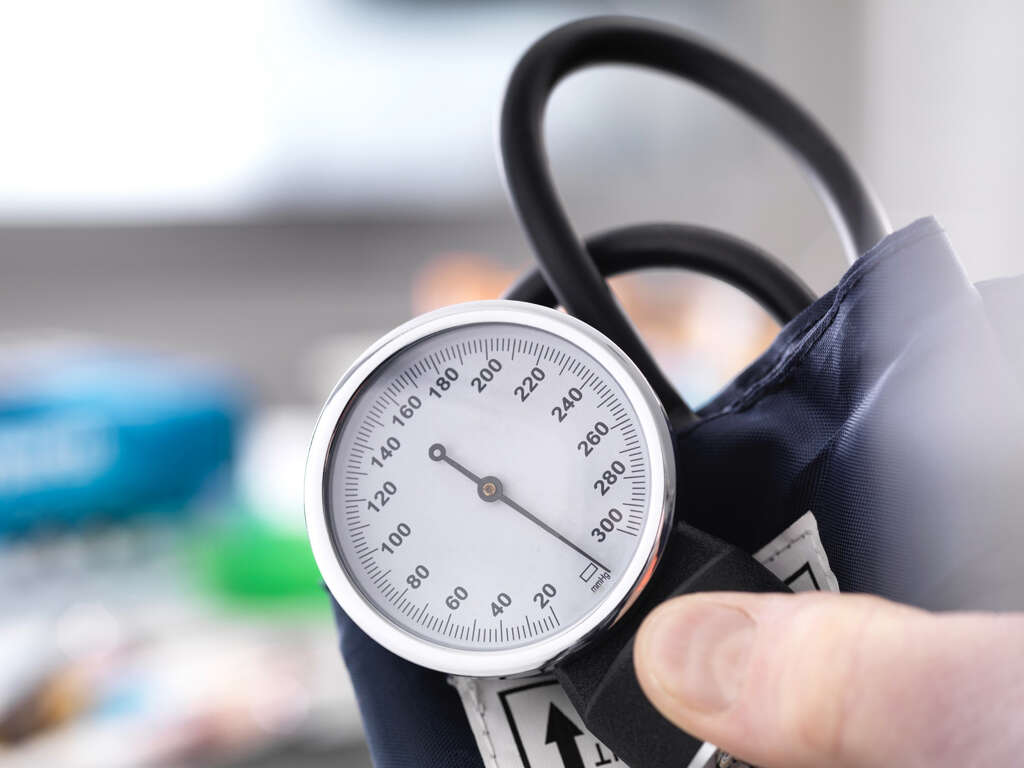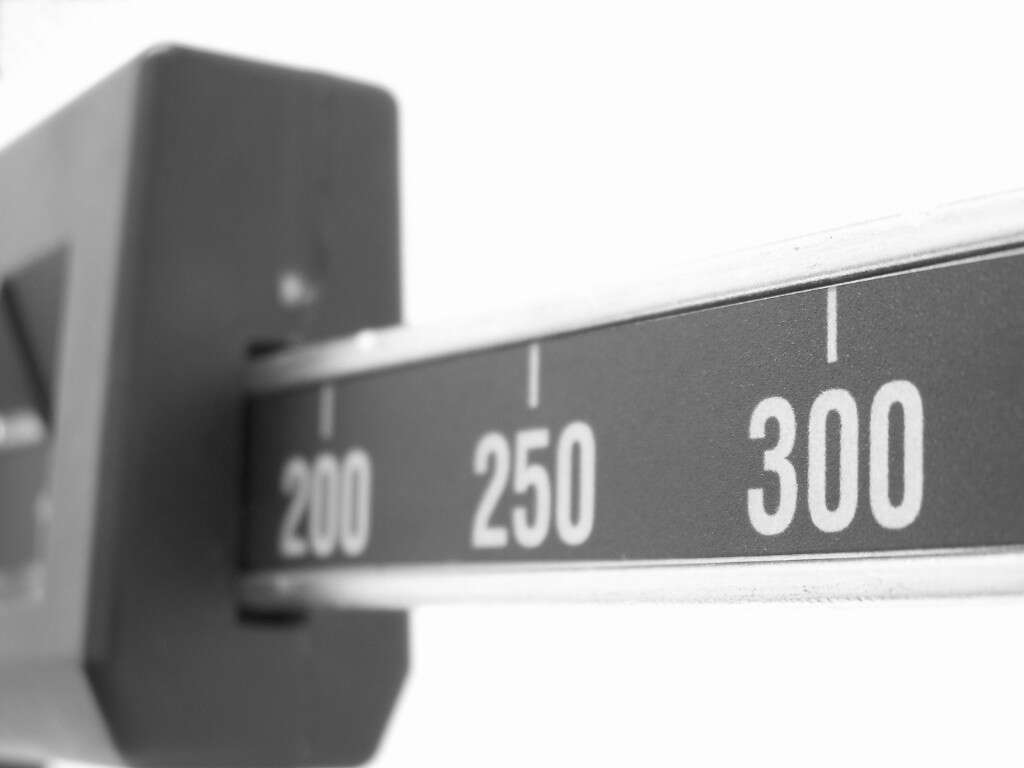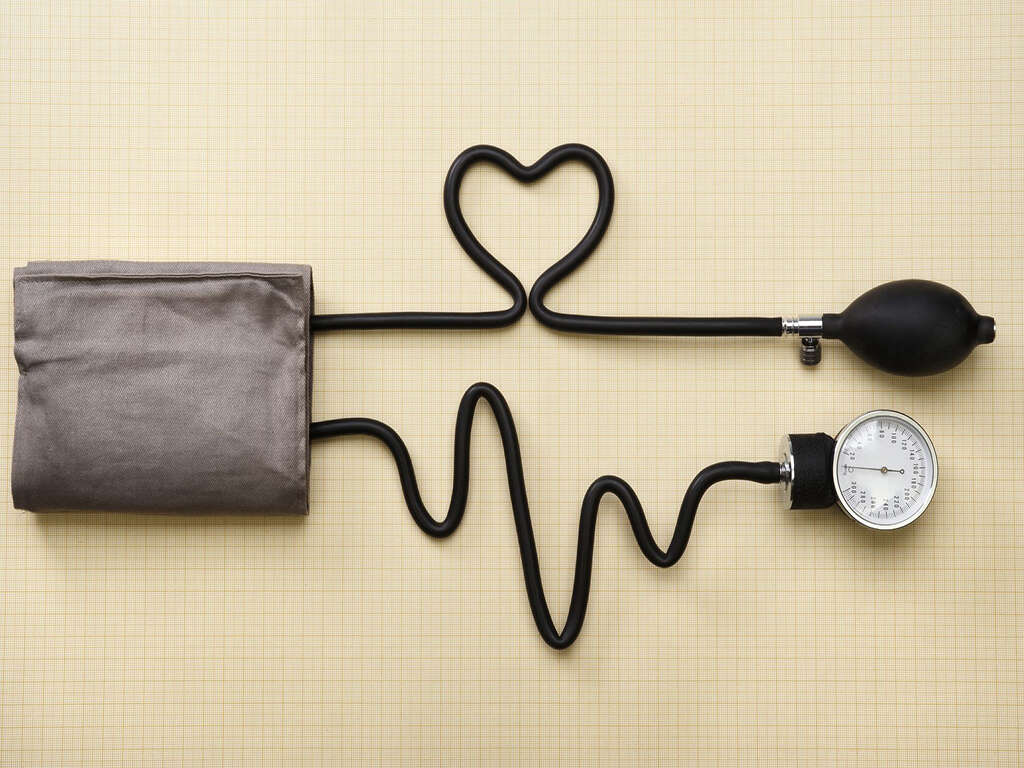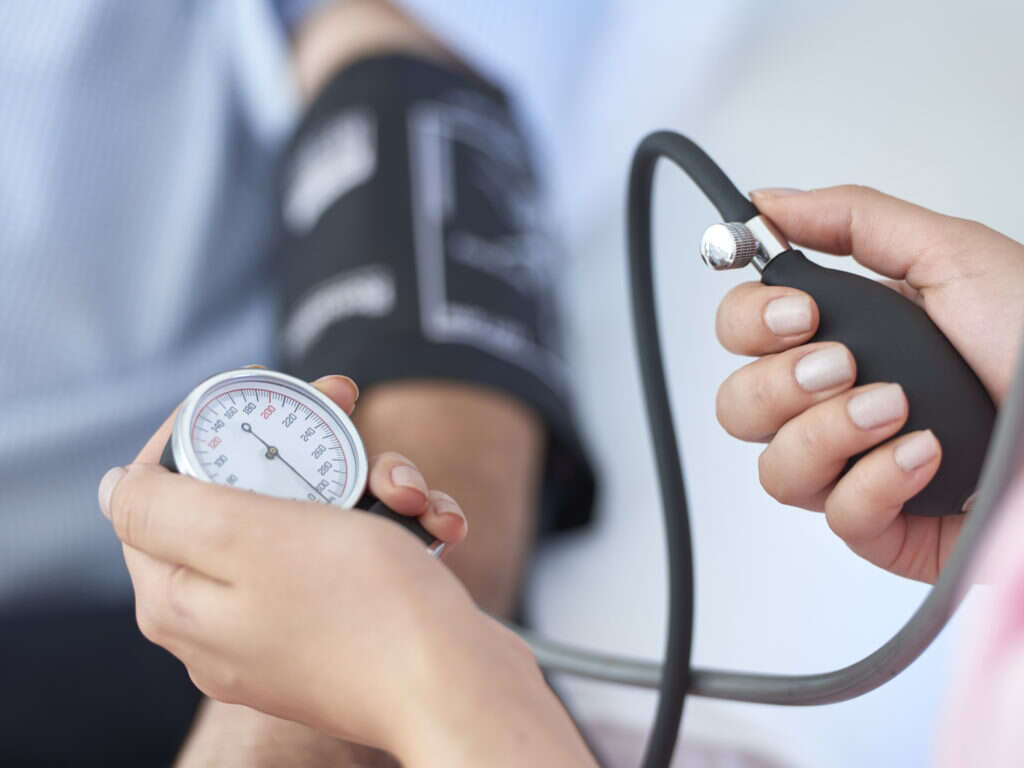10 Causes of Low Blood Pressure
Low blood pressure or hypotension occurs when the pressure in the circulation drops. Blood pressure is the force where blood is pushing against the arterial walls as the heart pumps out blood. When the systolic blood pressure is measured to be less than 90 millimeters of mercury (mmHg) or diastolic blood pressure of less than 60 mmHg, it is considered to be hypotension. Hypotension is easier understood as a physiological state. When an individual has low blood pressure, vital organs such as the brain may be deprived of oxygen and nutrients.
The blood pressure varies throughout the day depending on different factors such as physical condition, breathing rhythm, body position, stress level, medications, food, beverages, and time of the day. Some of the causes of low blood pressure include heart issues, pregnancy, dehydration, endocrine problems, excessive fluid loss, infection, severe allergic reaction, nutritional deficiency and medications. In those who are in top physical condition, a lower blood pressure can be an indication of good fitness and health.
There are several types of low blood pressure such as orthostatic hypotension or postural hypotension, postprandial hypotension, neurally mediated hypotension, and low blood pressure due to nervous system damage. The treatment of hypotension usually includes the use of vasopressors and intravenous fluids.
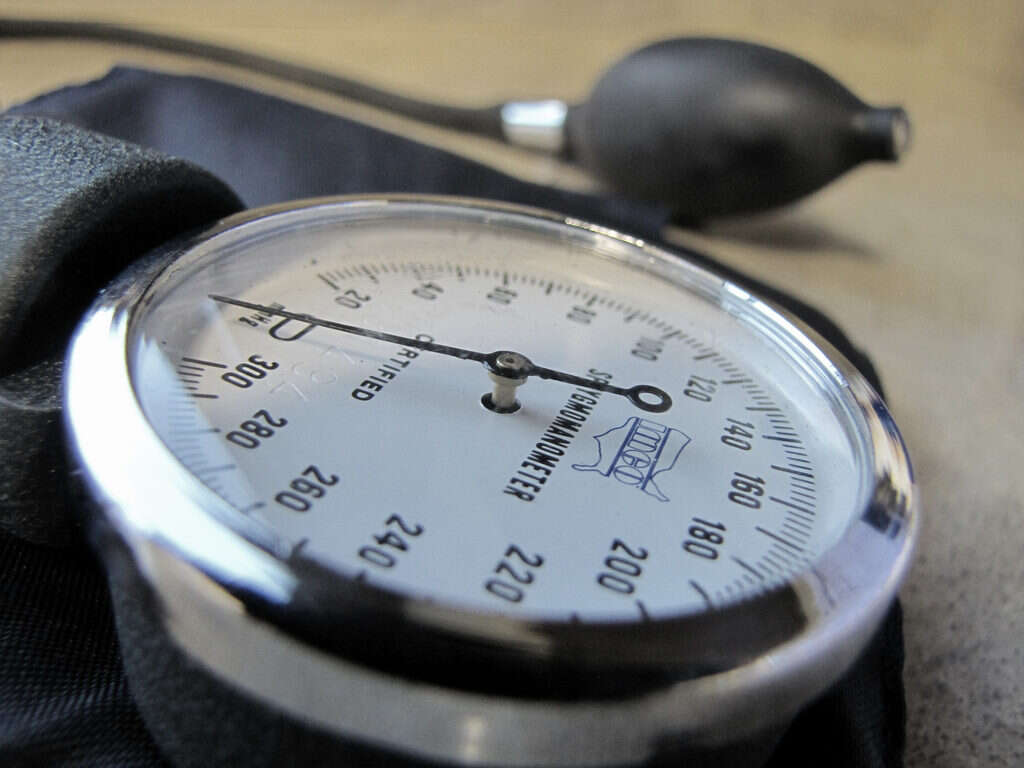
Cause #1: Lightheadedness
Lightheadedness is an unpleasant and common sensation where the affected individual may feel faint or dizzy. It can be chronic, short-term, or recurring. Most cases of lightheadedness are not serious and usually resolve on their own. Lightheadedness can be due to blood or oxygen shortage to the brain in cases of low blood pressure and rapid dehydration. It can also be seen in panic attacks, hyperventilation, anemia, antihistamine drugs, narcotics, hypoglycemia, cold, allergies, and more.
The management for lightheadedness usually involves drinking plenty of fluids or intravenous fluids, maintaining a normal blood sugar level, correcting electrolyte imbalances, and avoid sudden changes in posture.

Cause #2: Syncope
Syncope or fainting occurs when there is loss of muscle strength and consciousness of a fast and sudden onset with spontaneous recovery. Syncope occurs when there is low blood pressure which results in decreased blood flow to the brain. Symptoms such as pallor, sweating, lightheadedness, nausea, blurry vision, and vomiting may precede the loss of consciousness.
Causes of syncope include cardiovascular related issues, neurally mediated causes, and orthostatic hypotension. In syncope caused by hypotension, it can be managed by positioning the patient on the ground with legs elevated above the heart to help blood return to the brain.

Cause #3: Fatigue
Fatigue is a gradual feeling of tiredness that can be alleviated by periods of rest. Divided into physical and mental fatigue, physical fatigue refers to the transient inability to achieve peak physical performance while mental fatigue is the temporary inability to maintain maximal cognitive performance.
It is a very common and non-specific symptom seen in stress, overworking, inadequate sleep, infections, and more. It can manifest as lethargy or somnolence. In low blood pressure, the pressure is not enough in the arteries to supply oxygen to the whole body resulting in fatigue.

Cause #4: Nausea
Nausea is defined as an unpleasant sensation where there is discomfort and an urge to vomit. While there is no pain, it can be a debilitating symptom with a great impact on the patient’s quality of life. Nausea is the body’s natural way in trying to dissuade the individual from repeating whatever has caused the unpleasant sensation as it may be harmful to the body.
Nausea is a common and non-specific symptom which can be seen in hypoglycemia, hypotension, motion sickness, fainting, migraines, pregnancy, food poisoning, gastroenteritis, and more. It is a symptom that can be managed using antiemetics such as promethazine, ondansetron, and metoclopramide.

Cause #5: Shortness of Breath
Shortness of breath or dyspnea refers to the feeling where one is unable to breathe properly due to discomfort such as chest tightness, increased effort or work to breathe, and air hunger. It can be seen in cases such as cardiac ischemia, asthma, pneumonia, interstitial lung disease, chronic obstructive pulmonary disease, heart failure, anxiety, panic disorder, and more.
As the body tries to compensate for the low blood pressure, breathlessness can occur. Treatment for dyspnea depends on the underlying cause.

Cause #6: Confusion
Confusion refers to the state where one is unclear or bewildered. It is a term that is often used interchangeably with delirium where there is loss of orientation. This is the inability to place oneself in the correct location, time, or identity.
Causes of confusion include anemia, anxiety, brain tumor, brain injury, concussion, dehydration, heat stroke, kidney failure, meningitis, schizophrenia, hypoglycemia, and more. In patients with low blood pressure, the inadequate oxygen supply to the brain can result in confusion, syncope, diaphoresis, breathlessness, and more.

Cause #7: Pallor
Pallor refers to the paleness of the skin that can be caused by stress, emotional shock, illness, anemia, stimulant use, and more. Examples include cancer, hypoglycemia, vitamin D deficiency, shock, leukemia, panic attack, etcetera. It is most obvious on the palms and face.
Depending on the cause, it can develop gradually or suddenly. Patients with pallor usually have pale lips, palms, and tongue. It should be distinguished from hypopigmentation and a fair complexion. In low blood pressure, the poor perfusion can also result in pallor and cold clammy skin.
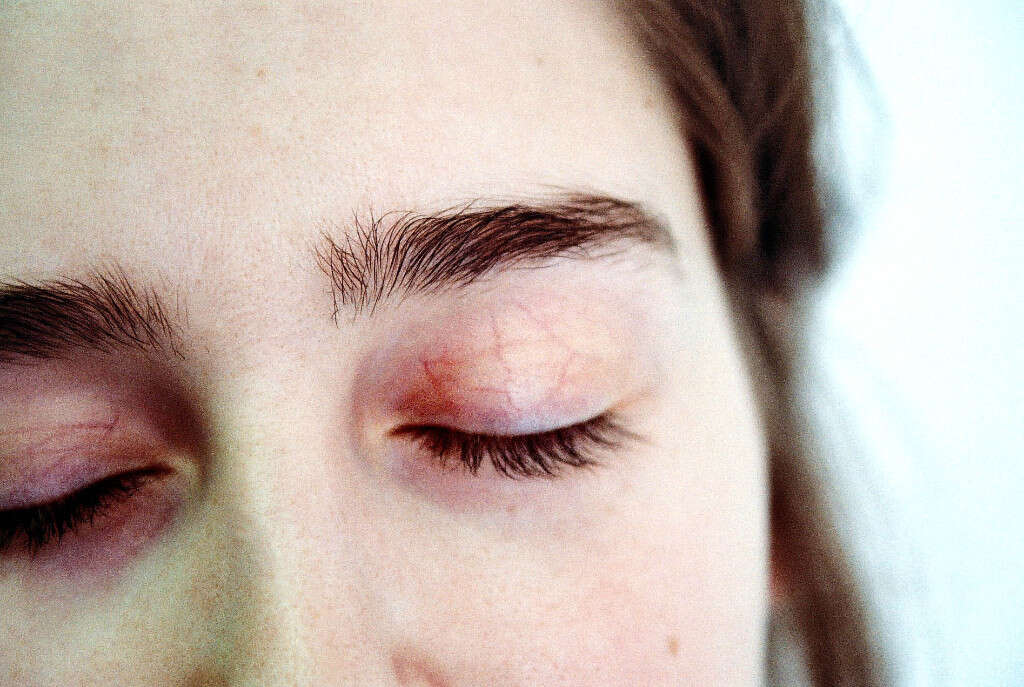
Cause #8: Diaphoresis
Diaphoresis is a term describing abnormal and excessive sweating. It can be a symptom of an underlying condition. Some causes of diaphoresis include menopause, pregnancy, diabetes, hyperthyroidism, heart attack, some cancers, withdrawal from alcohol or drugs, and more.
It is a common symptom that can also be seen before the loss of consciousness in syncope.

Cause #9: Palpitations and Tachycardia
Palpitations refer to the perceived abnormality of the heartbeat where it can be excessively hard, fast, or irregular. It is often reported by the patient. Palpitations can often be associated with anxiety, cardiovascular disease, asthma, kidney disease, hyperthyroidism, and more.
In patients with low blood pressure, there is inadequate oxygen supply to parts of the body. This causes the body to try to compensate by having the heart pump faster and harder resulting in palpitations and tachycardia.
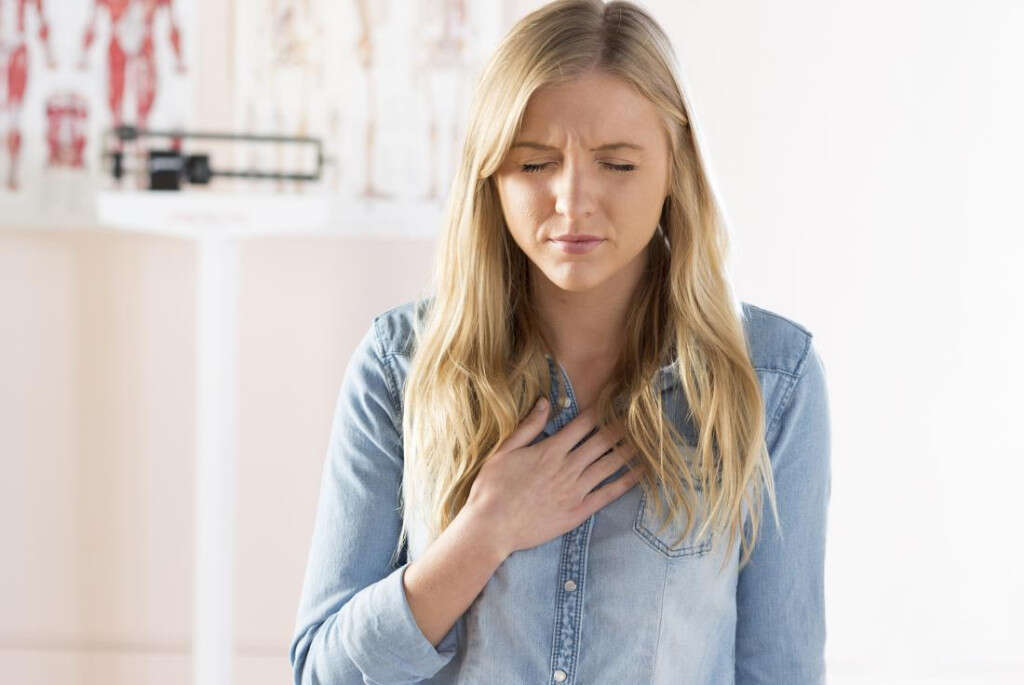
Cause #10: Blurry Vision
Blurry vision refers to images that do not have distinct borders and appear to be fuzzy. It is also a common ocular symptom and can be seen in presbyopia, use of atropine, cataracts, glaucoma, diabetes, eye infection, retinal detachment, optic neuritis, stroke, and more. In patients with low blood pressure, there is inadequate oxygen supply to the brain.
This causes the body to shut off oxygen supply to unessential organs to prioritize oxygen supply to the brain. This results in blurry vision as vision is not as important as brain function. The blurry vision resolves once oxygenation is back to normal.




